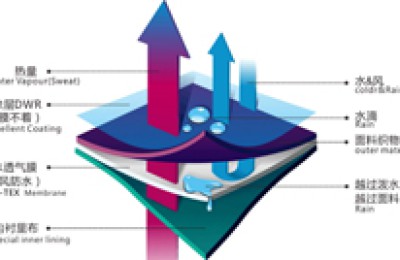Estimates from HM Revenue and Customs (HMRevenue & Customs) indicate that Scotland’s textile exports to China are on the verge of hitting a record high, with sales in the first nine months of 2013 reaching nearly £9.7 million, exceeding the total for the whole of the previous year. Today, Scottish textile sales to China are more than two and a half times what they were 10 years ago.
On the Isle of Harris off the west coast of Scotland, some tweed plaid manufacturers said that the Chinese seem to like clothing fabrics that are rich in Scottish history.
“It’s all about origin, Britishness and quality,” said Brian Wilson, chairman of Harris Tweed Hebrides and UK government business ambassador. “If you can do these three things in China, you have a good chance.”
Harris, which accounts for about 90% of the hand-woven tweed fabrics produced in the Outer Hebrides, is about to land its first Chinese fashion customer. It already supplies tweed for furniture to Chinese customers – by supplying British furniture maker Tetrad, which shipped its first batch of products to China this month.
In the northern Scottish city of Elgin, wool and cashmere clothing manufacturer Johnstons exported 200,000 pounds of products to China last year. “What the Chinese absolutely love is the history and tradition embedded in some businesses,” said Ian Pryde, export sales director at Johnstons. “Johnstons is an old company with a history of 215 years. The Chinese love that.” The company has recently appointed agents in Beijing and Shanghai to win more business.
However, for newly established manufacturers, the challenge is to establish their brand in the face of competition from Chinese imitators. In March last year, Glasgow fashion designer Rebecca Torres was trading in Beijing and found buyers were “really interested in kilts and tartan trousers”. But she also found several Chinese suppliers with names that sounded Scottish.
One of the ways Chinese fashionistas ensure the authenticity of their clothing is to travel close to the place of production in person. In London’s Savile Row, Roubi L’Roubi, the creative director of Huntsman, who was Edward VIII’s tailor, discovered that Asian customers came specifically to this London store to order tweed suits. “Some people want to get products from where they are produced,” he said. “They want to know how it’s woven and where it’s made. They’re curious.”




